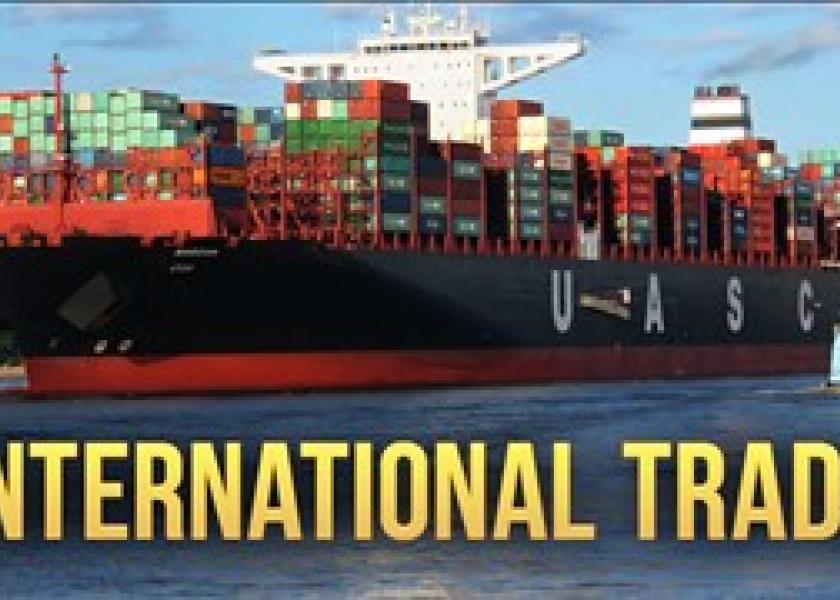Cattle and Beef Trade: 2018 Summary, Part 1

By: Derrell S. Peel, Oklahoma State University, Extension Livestock Marketing Specialist
The recent USDA release of the December livestock trade data puts a bow on cattle and beef trade for 2018. For the year, beef exports increased 10.3 percent year over year and beef imports were nearly unchanged, up 0.2 percent. Total cattle exports increased 23.7 percent year over year while cattle imports increased 5.2 percent from one year ago. This article focuses on beef exports.
Beef exports increased for a third consecutive year in 2018 to a new record level of 3.16 billion pounds. Beef exports were up to most major markets including Japan, up 6.6 percent; South Korea, up 35.0 percent; and Mexico, up 7.0 percent. Canada decreased 3.0 year over year while beef exports to Taiwan increased 34.4 percent from 2017 to a new record level. Table 1 shows the rank and market share of U.S. beef exports to major markets in 2018.
Hong Kong is currently the number four market for U.S. beef and was down 8.5 percent in 2018. Trade data for Hong Kong are reported separately from Mainland China but it will be increasingly important to consider Hong Kong and China data jointly in the future. It is expected that expected that exports to Hong Kong (which include unofficial or “grey trade” movement of products into China) may decrease when U.S. beef exports to China grow. It has been reported recently that China has clamped down on grey trade coming through Hong Kong. Beef exports to mainland China in 2018 (the first full year of market access under current agreements) represented 0.7 percent of total U.S. beef exports. U.S. beef exports to China remain minimal due to the tariffs currently in place. Combined Hong Kong/mainland China beef exports were down 4.6 percent year over year in 2018.
Table 1. U.S. Beef Export Markets, 2018
|
Country |
Rank |
% of Total (3.155 bil. lbs.) |
|
Japan |
1 |
27.9 |
|
South Korea |
2 |
20.2 |
|
Mexico |
3 |
14.2 |
|
Hong Kong |
4 |
9.7 |
|
Canada |
5 |
9.5 |
|
Taiwan |
6 |
5.9 |
|
Philippines |
7 |
1.3 |
|
Vietnam |
8 |
1.2 |
|
Netherlands |
9 |
1.0 |
|
Chile |
10 |
0.9 |
|
Indonesia |
11 |
0.7 |
|
China (mainland) |
12 |
0.7 |
Beef exports add value to U.S. beef markets in part due to the total volume and value of exports as a component of total beef demand. Beef exports also enhance value because much of the export demand is for lower value products with less demand in the domestic market. For example, much of the growth in beef exports has been in products from the Chuck. These products not only have higher value as exports but removing them from domestic supply focuses domestic consumption on other products where demand is stronger.







